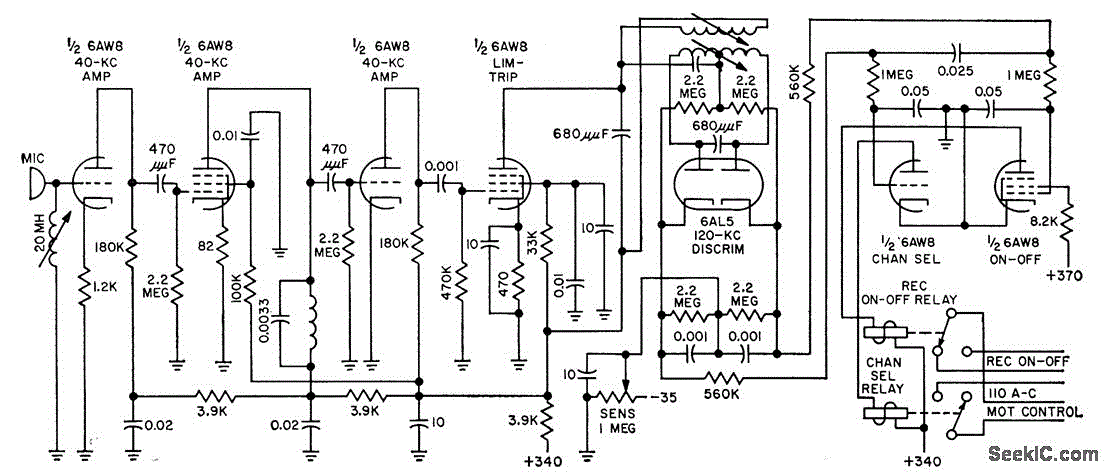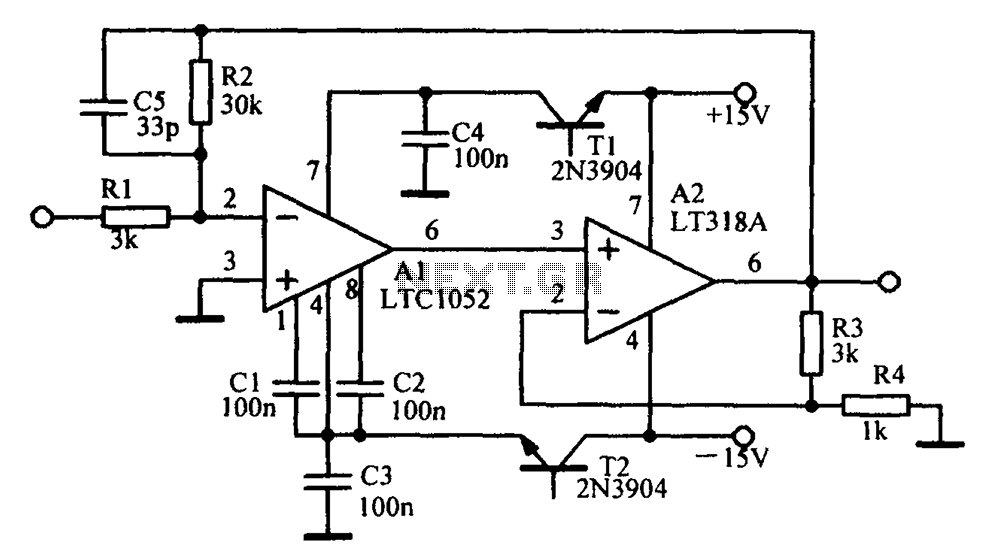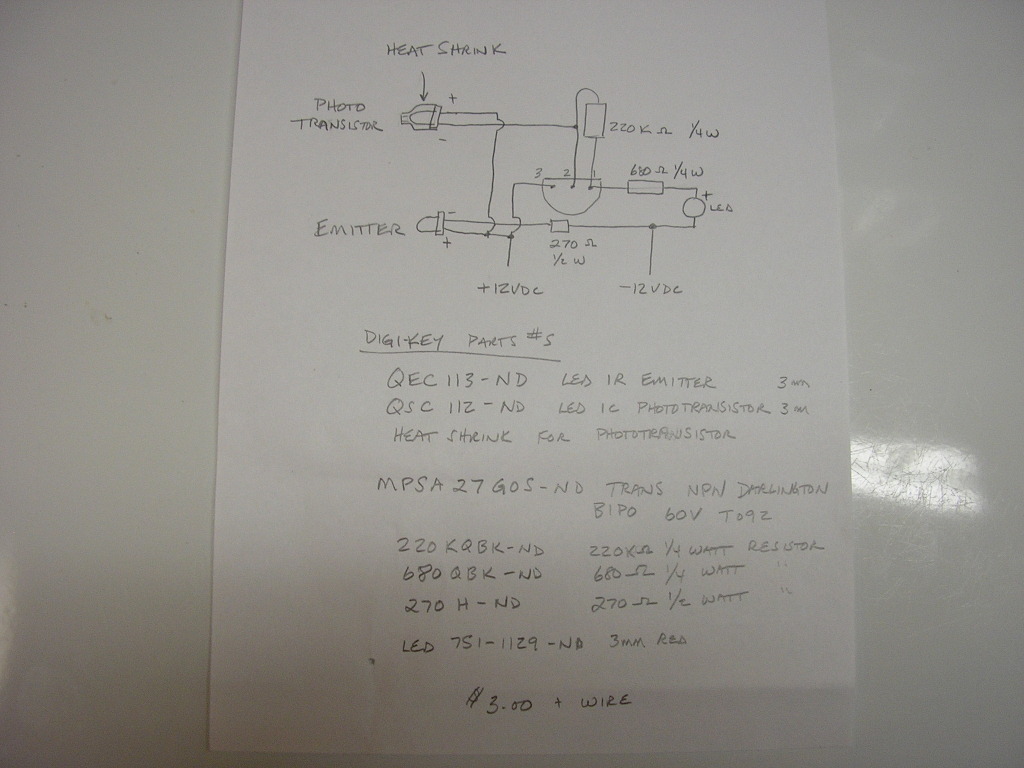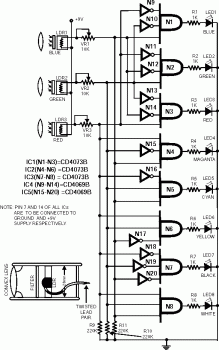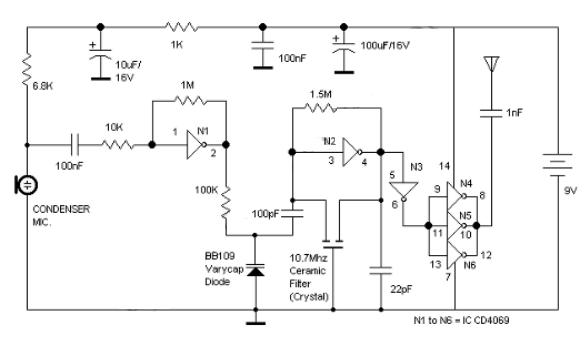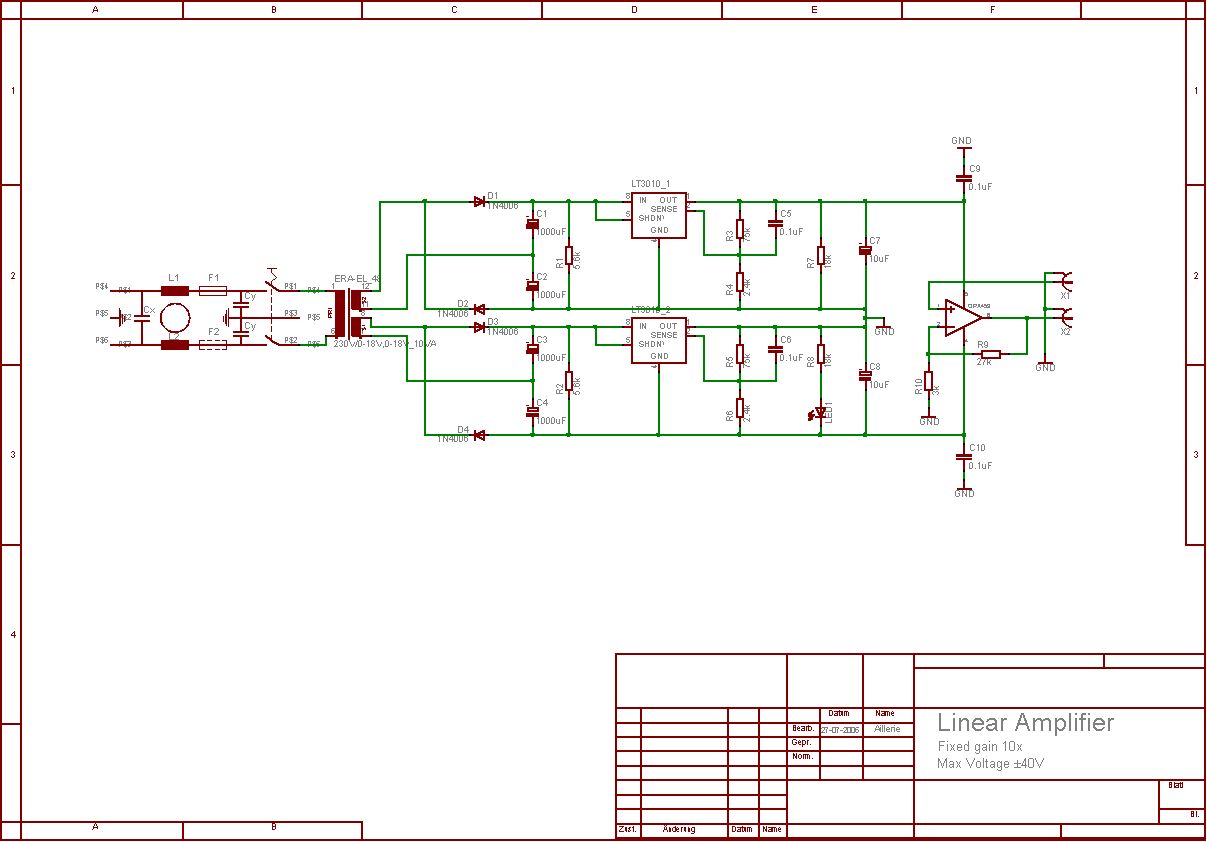
Photoelectric control relay circuit Darlington type phototransistor with self-locking function
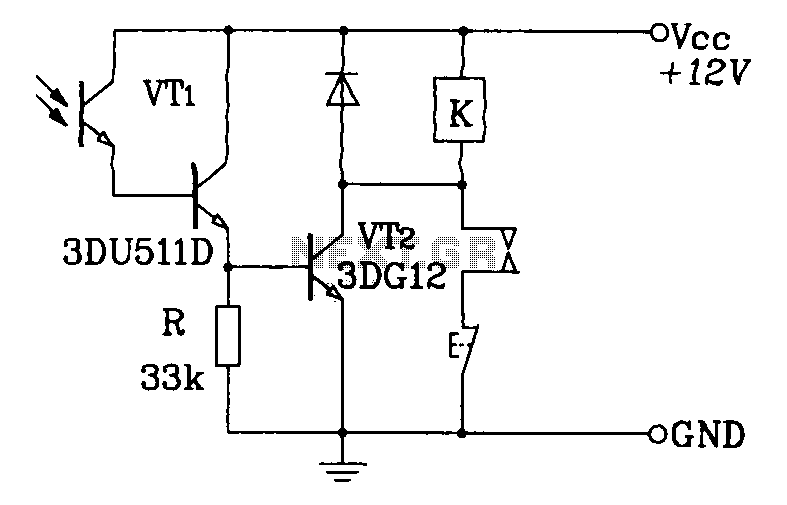
A Darlington phototransistor serves as the primary component for the photoelectric function within a self-locking control relay circuit.
The circuit utilizes a Darlington phototransistor, which is known for its high current gain and sensitivity to light. This device is configured to detect light levels and, upon receiving sufficient illumination, activates a control relay. The self-locking feature of the circuit ensures that once the relay is engaged, it remains in the 'on' state even after the light source is removed, until a separate reset mechanism is triggered.
In detail, the Darlington pair configuration enhances the phototransistor's capability by allowing a small input current from the light to control a larger output current that activates the relay. The circuit typically includes a resistor to limit the current flowing through the phototransistor and a capacitor that may be used to filter out noise, ensuring stable operation.
The relay, when energized, can control larger loads, making this arrangement suitable for applications such as automatic lighting systems, security alarms, or other automation tasks where light detection is essential. The self-locking mechanism is often implemented using feedback from the relay to the phototransistor circuit, ensuring that the relay remains activated until an external reset signal is applied, thus providing a reliable and efficient control solution.Darlington phototransistor constituting the photoelectric function with self-locking control relay circuit:
The circuit utilizes a Darlington phototransistor, which is known for its high current gain and sensitivity to light. This device is configured to detect light levels and, upon receiving sufficient illumination, activates a control relay. The self-locking feature of the circuit ensures that once the relay is engaged, it remains in the 'on' state even after the light source is removed, until a separate reset mechanism is triggered.
In detail, the Darlington pair configuration enhances the phototransistor's capability by allowing a small input current from the light to control a larger output current that activates the relay. The circuit typically includes a resistor to limit the current flowing through the phototransistor and a capacitor that may be used to filter out noise, ensuring stable operation.
The relay, when energized, can control larger loads, making this arrangement suitable for applications such as automatic lighting systems, security alarms, or other automation tasks where light detection is essential. The self-locking mechanism is often implemented using feedback from the relay to the phototransistor circuit, ensuring that the relay remains activated until an external reset signal is applied, thus providing a reliable and efficient control solution.Darlington phototransistor constituting the photoelectric function with self-locking control relay circuit:
